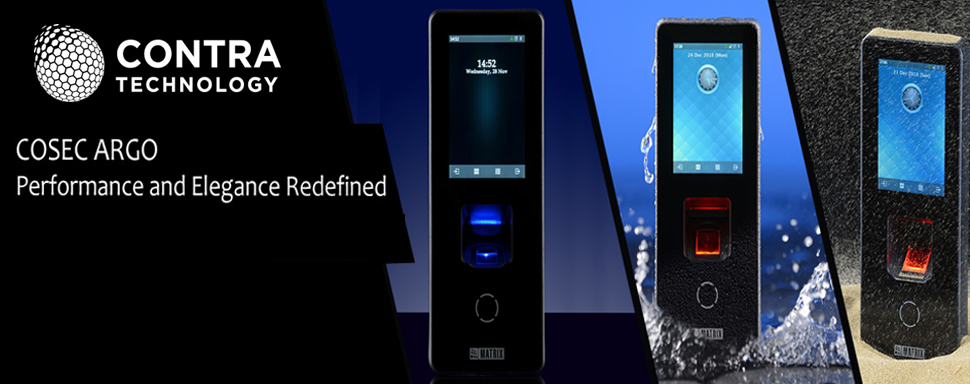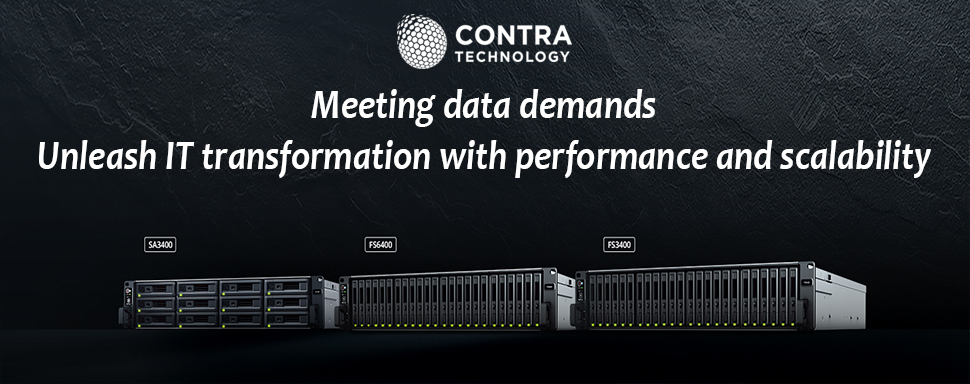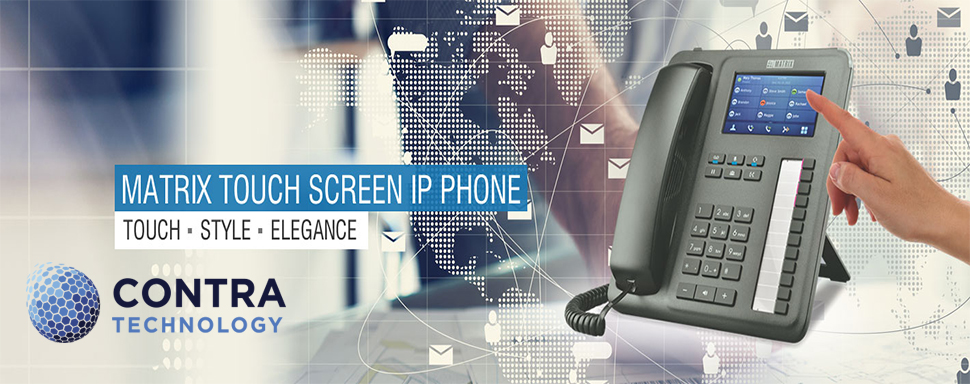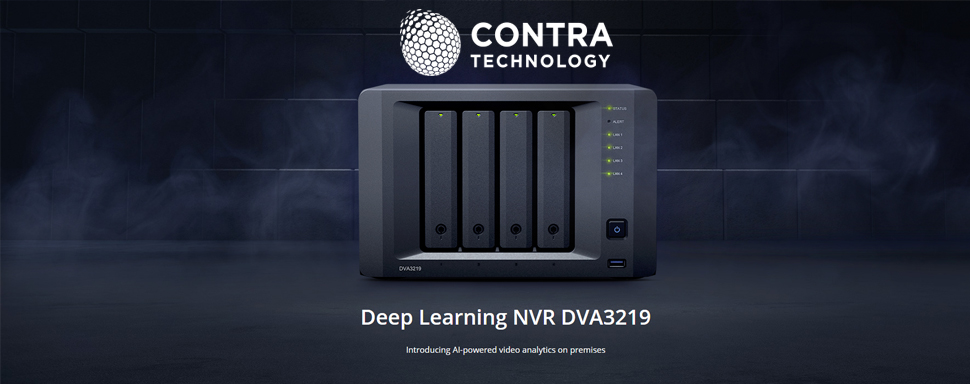Fire Alarm System
Fire Alarm System is designed to alert us to an emergency so that we can take action to protect ourselves, staff and the general public.
Fire alarms are found in Offices, Factories, and public buildings, they are a part of our everyday routine but are often overlooked until there is an emergency at which point, they might just save our lives.
Whatever the method of detection is, if the alarm is triggered, sounders will operate to warn people in the building that there may be a fire and to evacuate.
The fire alarm system may also incorporate a remote signal system which could then alert the fire brigade via a central station.
In this article, we will have a look at the structure and types of the “Fire Alarm Systems”.
The “Brain” of the system is the Fire Alarm Control Panel. It is the central hub for all of the detector signals to be wired to and provides a status indication to the users.
The unit can also be set up to simulate an alarm for use in routine Fire and evacuation drills, so all staff knows what action to take in the event of a real fire.

Different Types of Fire Alarm Detectors
At the core of a fire alarm system are the detection devices, from sophisticated intelligent smoke detectors to simple manually operated break glass units, there are a wide array of different types, but we can divide them into groups including:
– Heat detectors
– Smoke detectors
– Carbon Monoxide detectors
– Multi-sensor detectors
– Manual Call Points

1. Heat Detectors
Heat detector can either work on a fixed temperature basis, where it will trigger an alarm if the temperature exceeds a pre-set value or they can work on the rate of change in temperature.

Commonly Heat detectors work in a similar way to an electrical fuse, the detectors contain a eutectic alloy which is heat sensitive when a certain temperature is reached the alloy turns from a solid to a liquid which in turn triggers the alarm.

2. Smoke Detectors
There are three basic types of smoke detectors including:
– Ionization
– Light Scattering
– Light Obscuring
2.1. Ionization Smoke Detector
Ionization Smoke detector generally contains two chambers. The first is used as a reference to compensate for changes in ambient temperature, humidity or pressure.
The second chamber contains a radioactive source, usually alpha particle, which ionizes the air passing through the chamber where a current flows between two electrodes.
When smoke enters the chamber the current flow decreases. This drop in current flow is used to initiate an alarm.

2.2. Light Scattering Smoke Detector
The light scattering smoke detector operates on the Tyndall effect; a photocell and light source are separated from each other by a darkened chamber such that the light source does not fall on the photocell.
The passage of smoke into the chamber causes the light from the source to be scattered and fall on the photocell. The photocell output is being used to initiate an alarm.

2.3. Light Obscuring Smoke Detector
In the Light obscuring smoke detector, smoke interferes with a light beam between a light source and photocell. The photocell measures the amount of light it receives.
The variation in photocell output, is being used to initiate an alarm.
This type of detection can be used to protect large areas with the light source and photocell positioned some distance apart.

3. Carbon Monoxide Detectors
Carbon monoxide detectors are known also as CO fire detectors are electronic detectors used to indicate the outbreak of fire by sensing the level of carbon monoxide in the air.
Carbon monoxide is a poisonous gas produced by combustion.
In this instance, these detectors are not the same as Carbon monoxide detectors used in the home for protecting residents against carbon monoxide produced by incomplete combustion in appliances such as gas fires or boilers.
Carbon Monoxide fire detectors use the same type of sensor as those in the home but are more sensitive and respond more quickly.
Carbon monoxide detectors have an electrochemical cell, which senses carbon monoxide, but not smoke or any other combustion products

4. Multi-Sensor Detectors
The Multi-sensor detectors combine inputs from both optical and heat sensors and process them using a sophisticated algorithm built into the detector circuitry.
When polled by the control panel the detector returns a value based on the combined responses from both the optical and heat sensors. They are designed to be sensitive to a wide range of fires.

5. Manual Call Points
A Manual Call Point or Break Glass Call Point is a device which enables personnel to raise the alarm by breaking the frangible element on the fascia; this then triggers the alarm.

Different Types of Fire Alarm Systems
Fire Alarm Systems can be broken down into four main types;
– Conventional
– Addressable
– Intelligent
– Wireless
Let’s spend some time considering each.
1. Conventional Fire Alarm Systems
In a Conventional Fire Alarm System, physical cabling is used to interconnect several call points and detectors, the signals from which are wired back to the main control unit.

Call points and detectors are arranged in “Zones” to simplify locating the cause of the alarm, this is important for both the fire brigade and general building management.
Each zone is indicated at the Fire Alarm Control Panel either with an indicator lamp, a text display or in some cases both.
It makes sense that the more we can divide a building into zones, the more accurate locating the alarm trigger will be.

The Control Panel is wired to a minimum of two sounder circuits which could contain bells, electronic sounders or other audible devices.
It is these devices which sound the alarm when triggered.

2. Addressable Fire Alarm Systems
The detection principle of an Addressable System is the same as a Conventional System except that each detector is given a set Address (usually by means of a dip-switch) and the Control Panel can then determine exactly which detector or call point has initiated the alarm.

The detection circuit is wired as a loop and up to 99 devices may be connected to each loop.
It is common for the loop to be fitted with Loop Isolation Modules so that the loop is sectioned in order to ensure that a short circuit or single fault will only cause the loss of a small part of the system; allowing the rest of the system to function normally.

In the previous two systems, the “Conventional Fire Alarm System” and the “Addressable Fire Alarm System” the detectors are not considered “intelligent” as they can only give output signals representing the value of detected phenomena.
It is left up to the Control Unit to decide whether there is a fire, fault, pre-alarm or other.
3. Intelligent Fire Alarm Systems
However, in our next type of System, which is an Intelligent Fire Alarm system, each detector effectively incorporates its own computer which evaluates the environment around it and communicates to the Control Panel whether there is a fire, fault or the detector head needs cleaning.
Essentially Intelligent Systems are far more complex and incorporate far more facilities than Conventional or Addressable Systems. Their primary purpose is to help prevent the occurrence of false alarms.

Intelligent Fire Alarm Systems are available in 2, 4, and 8 loop versions which means large premises can be monitored from one single panel.

4. Wireless Fire Alarm Systems
The final type of system we will consider is the Wireless Fire Alarm System.
These are an effective alternative to traditional wired fire alarm systems for all applications. They utilize secure, license-free radio communications to interconnect the sensors and devices with the controllers.
It is a simple concept, which provides many unique benefits and is a full intelligent fire detection system without the need for cabling.
In this article, we have learned that Fire Alarm systems are fitted in many buildings we encounter every day and that they are used to warn people within the building of an emergency fire-related situation.

Summary
We discussed the main types of detectors:
– Heat Detectors
– Smoke Detectors
– Carbon Monoxide Detectors
– Multi-Sensor Detectors
– Manual Call points
And finally, we looked at the different types of fire alarm systems:
– Conventional
– Addressable
– Intelligent
– Wireless
We hope you enjoyed this short introduction to Fire Alarm Systems.
Here at Contra our team of experts is on hand to answer your questions and respond to your feedback. We’d love to hear your suggestions for topics you want our team to cover.
Got a friend, client, or colleague who could use some of this information? Please share this article.








































